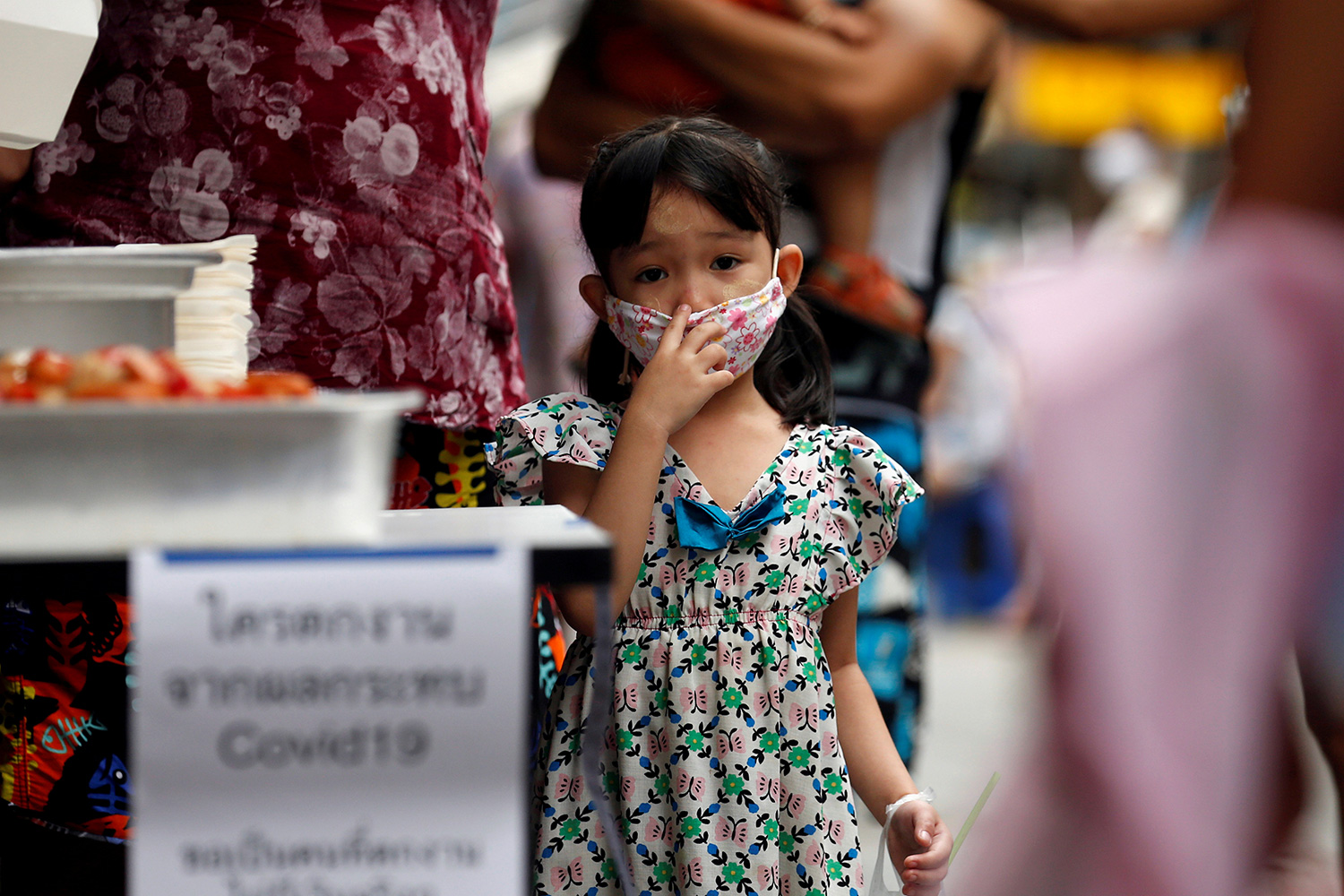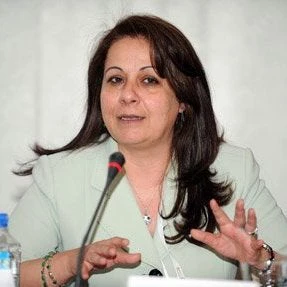 Young girl wearing mask
Young girl wearing mask
A pandemic demands concerted efforts to quickly safeguard the world’s populations. But when the complex web of response operations is mounted, the critical consideration of gender is often overlooked. It’s a grave oversight since gender plays a key role in determining who gets fast access to critical health services and because women are also assigned caregiver roles that increase their risk of exposure to the disease, as well as their chances of spreading it.
To minimize the gender gaps that come with COVID-19, pandemic response should bear in mind the four objectives of the World Bank’s gender strategy—improving women’s human endowments (health, education, and social protection), removing constraints for better jobs for women (participation in the labor force and income-earning potential), removing barriers to women’s ownership of assets (land, housing and technology), and enhancing their voice and agency (ability to define goals and act upon them).
Improving gender and health equity in Lao PDR
The Multi-Donor Trust Fund to Advance Universal Health Coverage, funded by the Australian Department of Foreign Affairs and Trade, Global Fund, and Gavi, supports work that identifies the cross-cutting issues of these objectives and proposes measures for dealing with them. For example, the Health and Nutrition Services Access Project (HANSA) for Lao PDR aims to improve access to quality health and nutrition services as a means of bettering maternal and child health and nutrition outcomes.
Women make up large parts of the health workforce, but they have less decision-making capacity within the sector and less access to protective equipment in times of crisis compared to male health workers. HANSA also includes a focus on improving the quality of and access to HIV and tuberculosis services. And importantly, HANSA contains a Gender Action Plan to support the Ministry of Health in strengthening gender and health equity in Lao PDR.
COVID-19 highlights lack of safety nets for elderly women
COVID-19 also comes with its own gender context. Based on the most recent information, the most at-risk group for COVID-19 is the elderly, especially those over 80 years old. Women make up a significant part of this group, and across the globe many tend to be financially and otherwise dependent on family members or other caregivers.
Women are less likely than their male counterparts to have safety net coverage, especially in low income countries. At the same time, with higher male mortality, many women may be left as widows without their own safety nets or adequate access to resources. This has implications for pandemic response across sectors.
Maternal and child mortality will increase due to disruptions in health systems
Of particular concern is that COVID-19 is likely to increase maternal and child mortality due to the disruption of health systems and decreased access to food . In its recent analysis, the Lancet used reports of the supply- and demand-side effects of the pandemic to model scenarios in which coverage of essential maternal and child health interventions is reduced.
It found that reductions in coverage of around 15 percent for six months would result in 253,500 additional child deaths and 12,190 additional maternal deaths, while reductions of around 45 percent for six months would result in 1,157,000 additional child deaths and 56,700 additional maternal deaths.
This would represent a 9.8 percent to 44.7 percent increase in under-five child deaths per month, and an 8.3 percent to 38.6 percent increase in maternal deaths per month, across 118 low- and middle-income countries.
During a pandemic, many women avoid seeking essential health services
The Global Financing Facility for Women, Children and Adolescents also found from their data from 63,000 health facilities that COVID-19 is disrupting essential health services for women and children in many lower-income countries . Substantial disruptions have been seen in outpatient visits and vaccinations for young children in most countries.
For example, the number of children fully vaccinated in Liberia dropped by 35 percent, in Nigeria by 13 percent, and in Afghanistan by 11 percent. Disruptions in care for pregnant women and new mothers, and safe deliveries by skilled health workers were also seen in several countries.
There is a higher risk of sexual exploitation and violence during a public health crisis
Aside from the disruptions, it cannot be forgotten that a public health crisis can increase vulnerabilities that put women and girls at risk of sexual exploitation and violence. The rule of law becomes fragile in a pandemic, exposing vulnerable women and girls to gender-based violence.
Globally, over one-third of women report having experienced some form of physical or sexual violence. And in a pandemic, they may be forced into exchanging sexual favors for testing, treatment, vaccines or even supplies. Being quarantined or isolated with abusive partners or the stress of living under these conditions may also increase the risk of violence against them.
Pandemic responses must address gender gaps
Many lessons have been learned from the pandemic about the gender gaps in human endowment, economic opportunity, and voice and agency that have been exacerbated with COVID-19. But the one thing that stands out in the effort to close the gender gaps is the need for a multi-sectoral response that engages the individual and community.
Collaboration with partner organizations, as well as state and non-state stakeholders to leverage knowledge, skill, reach, and financial resources is of utmost importance for ensuring that gender issues are successfully addressed.


Join the Conversation